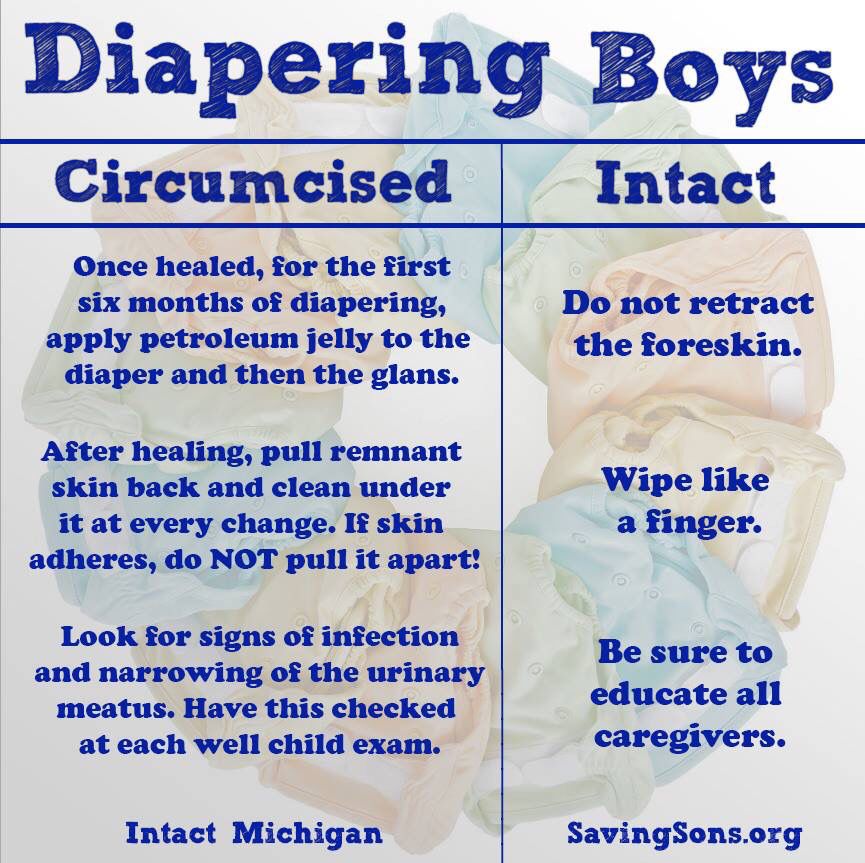There are about a dozen Circumcision in India. Many provide the same level and assistance to patients who require immediate attention. The basic infrastructure of these hospitals is based on the concept of “One Man Power,” i.e., the attending physician has one patient and he or she takes on one patient only for surgeries that require one to two hours to complete. This way, each patient is treated on an individual basis and, in any case where the surgery is extremely important and lengthy, the attending physician will be unavailable for days.
Most cases of genital herpes will see their doctor every year for an annual checkup. The doctor will order a phimosis exam. Phimosis is the inability of the penis or genitals to produce enough natural synovial liquid to allow proper erection. If phimosis is diagnosed, the patient will be advised to avoid circumcision. A skin graft would be the best way to ensure his penis can be cleaned thoroughly. Once the doctor has evaluated your condition, he will recommend a phimosis treatment plan.
Patients with phimosis might be advised to avoid getting their skin immunized against herpes simplex vi

rus. This could worsen their Circumcision Melbourne. In such cases, they may be advised to have laser phimosis or stapler treatment. In stapler circumcision, a small instrument called a stapler is used to prick the skin of the affected area. Once this area is pricked, the body produces antibodies against the herpes simplex virus and the surgeon then uses a series of small blades to remove the offending cells.
In laser and stapler circumcision surgery, on the other hand, lasers are used to burn away scar tissue and remove infected tissues. The process involves a gentle application of light energy onto the affected area. The light heats the surrounding tissues, causing them to swell. This prevents the veins below the skin from contracting and forming a cuff. After these contractions are released, blood flow is increased to the affected area and the wound becomes tighter. Kolkata phimosis involves the destruction of the affected tissue and the replacement of other skin components.
For patients suffering from phimosis, most UK hospitals now offer minimally invasive laser or stapler procedures. Patients who wish to undergo phimosis laser or stapler treatment should discuss this with their general surgeons at the time of their initial consultation. This treatment is becoming more common, even though it is not offered in every hospital in the UK. It is highly effective and takes a shorter time to recover than stapling or laser treatment. It is also recommended for children with minor cases of phimosis. As this treatment is less invasive, it can be given to any age group including newborns and children.
You should discuss your options with your doctor if you have contracted kolkata. If he feels you would benefit from minimally invasive stapler circumcision surgery, he may refer you to a hospital that offers the treatment. Ask for the latest medical advances that have been made in this area to help you understand your options. While most procedures are quick, you will still be left with permanent scarring.
It is important that you do not choose to go under the knife if you have any doubts whatsoever about your ability to accept and withstand pain. There are many people who have had “therapeutic” surgery to improve their looks only to find out that it was dangerous and that their shafts were infected. Your doctor will examine the penis with a tool called “a stapler” to determine whether you are a candidate for this procedure. If your doctor determines that you are a candidate, he’ll decide whether to use a laser or a stapler for the procedure. Both of these techniques require the removal of the foreskin.
The stapler technique involves making small incisions in the foreskin which will allow surgeons to remove the foreskin during the procedure. Once the stapled areas are healed, the surgeon is able to tighten skin and prepare for more difficult laser procedures. In most cases, these two procedures are performed on an outpatient basis at local hospitals. You will need a medical examination before you can undergo one of these two procedures. If you have any concerns regarding the potential risks associated with either procedure, you should discuss them with your doctor.

